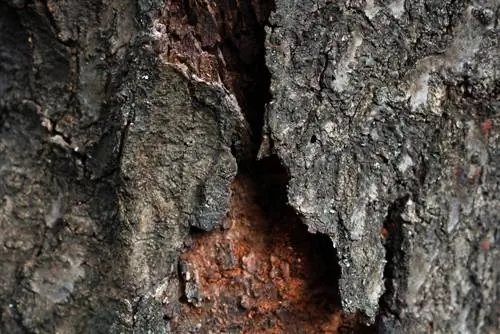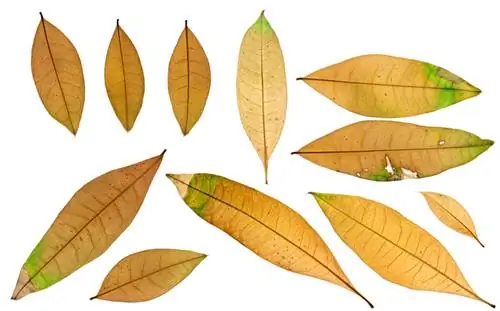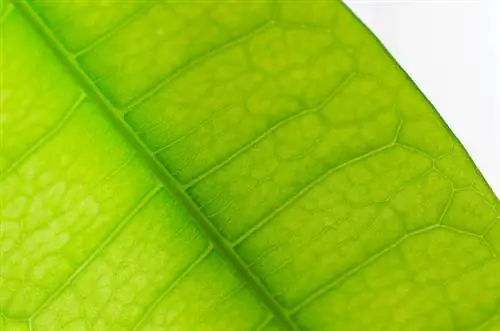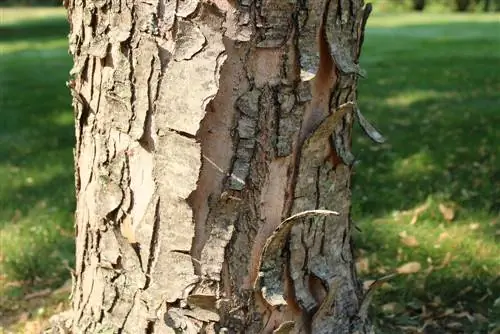- Author admin [email protected].
- Public 2023-12-16 16:46.
- Last modified 2025-01-23 11:21.
Cracks in the bark are not good for any tree, but some can cause serious diseases. That's why you should take a closer look, especially at an American chestnut or a sweet chestnut.
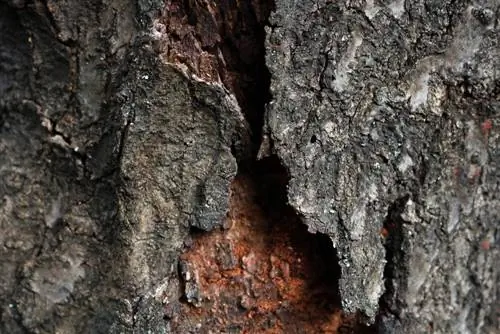
What to do if the chestnut bark splits?
If the bark on the chestnut cracks, frost damage, chestnut bark cancer or the “bleeding chestnut” can be the cause. To save the tree, you should generously prune affected parts of the plant, close wounds and possibly apply a coat of lime.
Why does the bark split?
What is important when researching the cause of the crack in the bark is the time at which you discover this crack. If it occurs in winter, then it could possibly be frost damage. Moisture draws into the trunk and freezes there, then the bark splits open. This danger is particularly great when temperatures fluctuate greatly between day and night.
The reason for the chestnut bark cracking or even peeling off may also be a disease, or more precisely a fungal infection. Two different pathogens in particular can be responsible. On the one hand, this is the fungus Phyttophtera, which causes the so-called bleeding chestnut, and on the other hand, the fungus Cryphonectria parasitica, which causes chestnut bark cancer. Chestnut bark cancer occurs primarily on sweet chestnuts.
Reasons for peeling bark:
- Damage caused by frost or extreme temperature changes
- Chestnut bark cancer
- “Bleeding Chestnut”
Can the chestnut still be saved?
Since damage to the bark is a welcome gateway for various tree diseases and pests, you should definitely react quickly. If there is no fungal infection to be found and the crack occurred in winter, then a coat of lime (€13.00 on Amazon) may be enough to protect your chestnut from major damage. It prevents pests from settling and protects the bark from further stress cracks.
If a fungal infection occurs, prune the affected parts of the plant generously. Then close the wound so that no new germs can enter and disinfect the tools used. Even though the cancer sometimes heals on its own, you shouldn't wait too long. As the fungus spreads, parts of the chestnut die, and later the entire tree. The fungus can also be transmitted to other trees, including oaks.
Tip
Occasionally chestnut bark canker occurs in a weakened form, then the tree has a good chance of dealing with the disease on its own.

